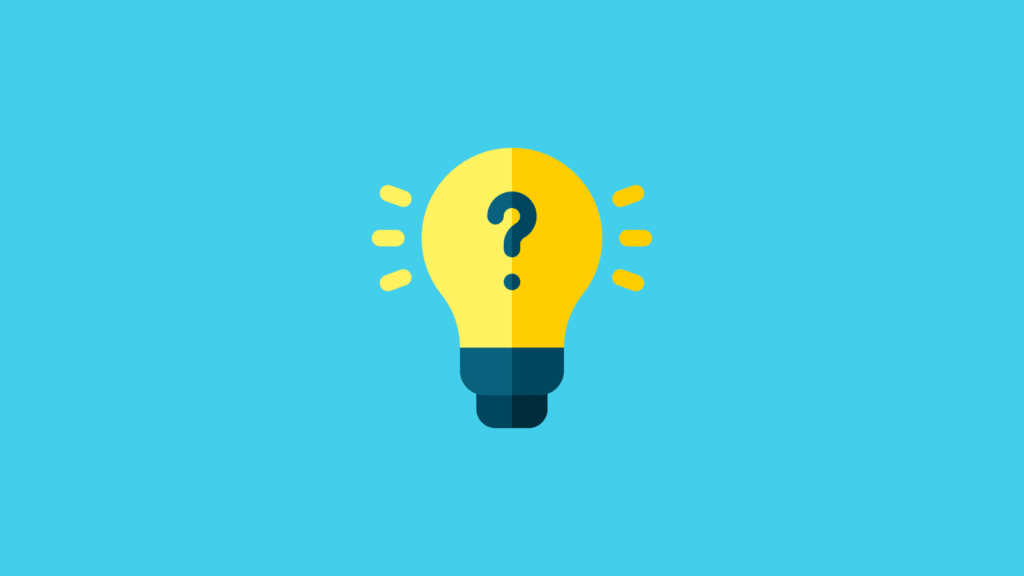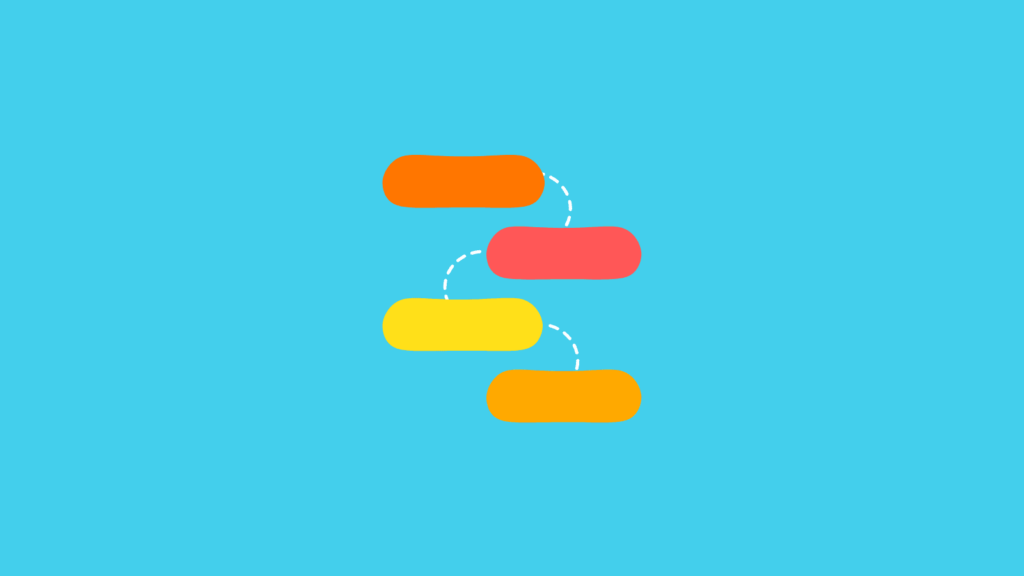The Importance of the Discovery Phase in Project Execution

The path from a transformative software idea to its execution isn’t straightforward. That’s where the discovery phase of a project comes into play, bridging the conceptual world with actionable strategies. This phase dictates a project’s trajectory, ensuring alignment with the intended goal.
The discovery phase in project management is the preamble to the development process, focusing on pinpointing the Vision, Goals, and Scope of a project. Mckinsey’s research reveals that many IT projects overshoot budgets and fail to deliver as anticipated. Key benefits of the discovery phase include:
- Accurate estimation of project scope and goals.
- Data-informed design decisions.
- Enhanced return on investment.
- User-centric experiences.
- Mitigating costly modifications in later development stages.
- Incorporating specialists early to leverage their expertise.
Without the discovery phase, projects face pitfalls such as:
- Scope extensions leading to delayed releases.
- Rising costs due to unclear objectives.
- Extended development timelines and missed launches.
- Projects falling short of initial expectations, resulting in time and resource wastage.
Chapters
Initiating the Discovery Phase

There’s a brief “pre-discovery” stage involving:
- Defining business objectives.
- Identifying the primary contact person.
- Sharing any preliminary project information with the project manager.
- Obtaining a rough project quote to secure a discovery phase budget.
- Recognizing that research will predominantly occur during the discovery phase, but sharing any prior findings is beneficial.
Building the Discovery Team
Once pre-discovery concludes and budgets are set, a dedicated discovery team is assembled, typically comprising:
- Business Analyst: Collaborating with clients, they outline use cases and project requirements.
- Developer: Evaluates necessary technologies and ensures they align with client challenges.
- UI/UX designer: Focuses on user experience, ensuring easy navigation, intuitive interfaces, and a pleasing aesthetic.
- Project Manager: Coordinates client meetings, records discussions, and guarantees seamless team collaboration. Depending on the project, other experts might be roped in.
Steps in the Discovery Phase

This phase unfolds in a sequence:
- Stakeholder identification, including all involved in creating or using the end product.
- Defining business goals to highlight primary project objectives.
- Determining success metrics.
- Maintaining alignment with all project participants.
- Reviewing any pre-existing research.
- Charting the user journey and pinpointing the target demographic.
- Analyzing competitors to find potential market positioning.
- Collating data for software requirement specifications.
- Estimating timeframes and budgets.
- Drafting a detailed project roadmap, which can be tailored based on project requirements.
Discovery Sessions
These meetings facilitate:
- Domain understanding.
- Grasping business processes.
- Understanding product expectations.
- Identifying challenges.
- Proposing solutions.
- Prioritizing tasks.
- Constructing the project roadmap.
To get a more comprehensive picture, remote discussions with broader teams and current product users are often conducted.
Understanding Duration and Costs
Traditionally, the discovery phase forms the cornerstone of project initiation and planning. In Agile frameworks, it’s typically the first sprint, ensuring mutual comprehension between teams and clients. The length of this phase varies:
- Small projects: 1-3 days.
- Medium projects: 1-2 weeks.
- Large projects: 3-4 weeks or more.
Billing mechanisms might be fixed or based on time & materials.
Key Deliverables
Upon completing the discovery phase, expect:
- Software requirements specification.
- A basic UX prototype offering a glimpse into the final software.
- Development roadmap with budget and time estimates.
- A proposal for the subsequent development process based on discovery insights.
In essence, just as a sturdy house is built on a robust foundation, the discovery phase fortifies project visions and paves the way for risk-reduced development. It ensures that the project manifests as envisioned.
Create more and better content
Check out the following resources and Grow!